
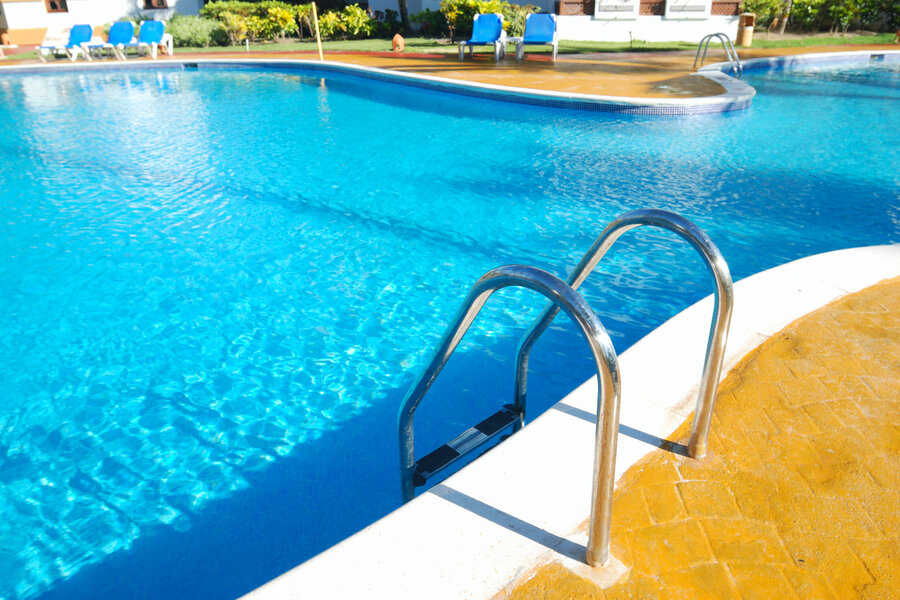
Algae blooms are an ever-present threat for pool owners. Aside from being unsightly, algae problems can pose health risks for bathers entering into your pool. Using algaecide and keeping a regular maintenance routine can help prevent algae growth. Keep reading to see details on algaecide and how it works, as well as various recommendations for keeping your swimming pool opening crystal clear. Algaecide doesn't solve the problem easily. Typically, the proper approach is to focus on prevention rather than treatment. Algaecides contain chemicals that kill algae as well as stunt its growth within your pool. Some algaecides are derived primarily from copper sulfates. These pool-opening chemicals are composed of metals that disrupt algae growth and thus aid in effective algae control. Algaecides' primary purpose is to discourage algae from normal cell growth processes. This inhibits cell division and energy transfer, reducing the production and use of the cell protein that helps the algae survive. While this is effective at preventing algae from growing out of control, it may not be as effective in treating an algae bloom that has already spread. There are many different kinds of pool algae that may be harmful to your swimming pool water. Each has different challenges and the treatment may vary depending on the situation: The choice to buy algaecide for swimming pools is a vital decision. Algaecides can be used in various applications and come in different varieties. Below is a list of pool algaecide types and how to use them. Depending upon the amount, the product can kill the algae in various stages of pool algae growth: Algaecide kills the algae that can damage the water around your swimming pool but is most useful for algae prevention. It won't change a pool's pH balance, but it helps prevent algae from developing and helps you keep the level in balance using the sanitizer. Algaecide is recommended after every shock treatment for better protection against bacteria and other pathogens harmful to human health. Be careful to add algaecide to your pool in several places with your pump running, so that it circulates properly. It is generally recommended that you add pool algaecide at a rate of 12 ounces per 5,000 gallons of pool water. White-water microbial spores and pink slimes are types of fungal or bacterial algae. Pink slime is dangerous as it causes a host of respiratory and lung infections. Algaecide can kill white-water mold that settles on your pool water and pink slimes that attach to the pool surfaces The appearance and health of your pool will be greatly enhanced by utilising algaecide, whether your pool uses chlorine or biguanide. However, serious problems with white water mold or pink algae may require special treatment. Regular pool care is the best way to prevent these problems from happening. Remember to follow these simple steps on a regular basis: If you're looking for a pool opening in Toronto, contact People for Pools at 647-710-8926 or visit 1585 Britannia Rd E, Unit B3 Mississauga, ON L4W 2M4.What Is Algaecide and How Does It Work?
Types Of Swimming Pool Algae
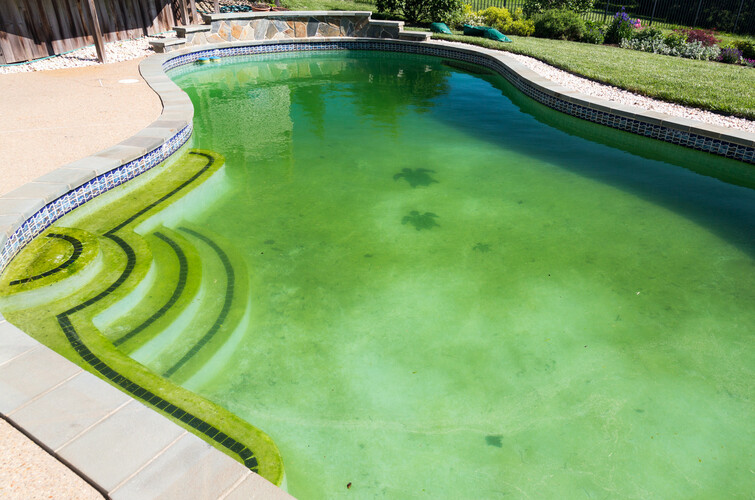
Different Types Of Pool Algaecide
How Much Algaecide or Pool Shock Should I Add to My Pool?
Can Algaecide Be Used To Treat Other Problems In Pool Water?
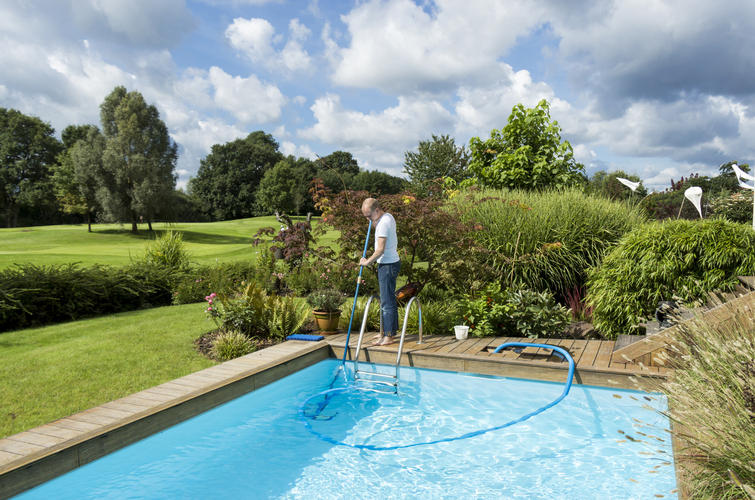
Preventing Algae Blooms
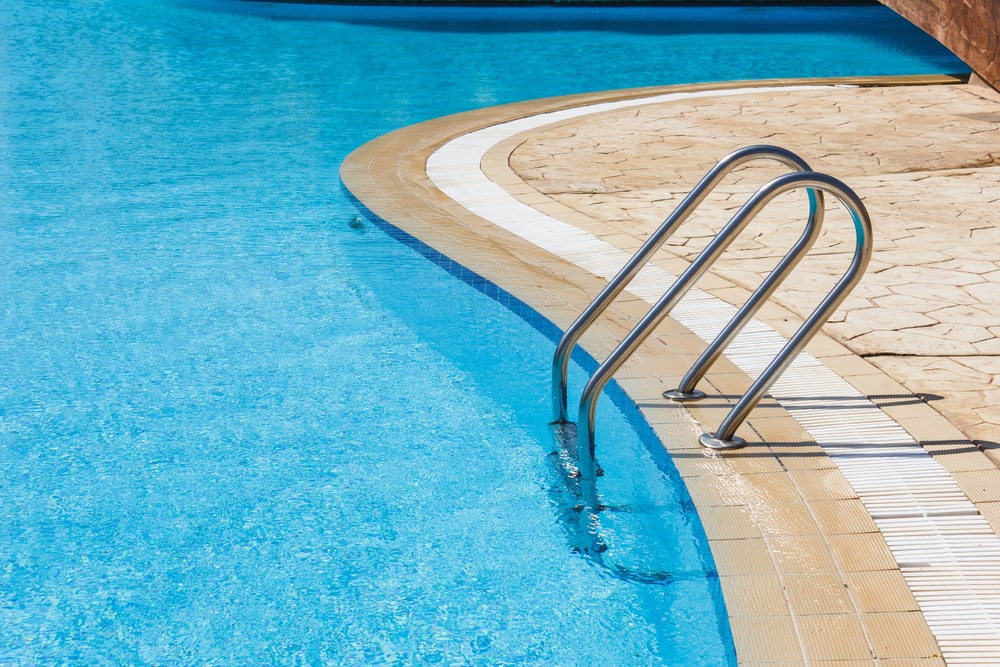
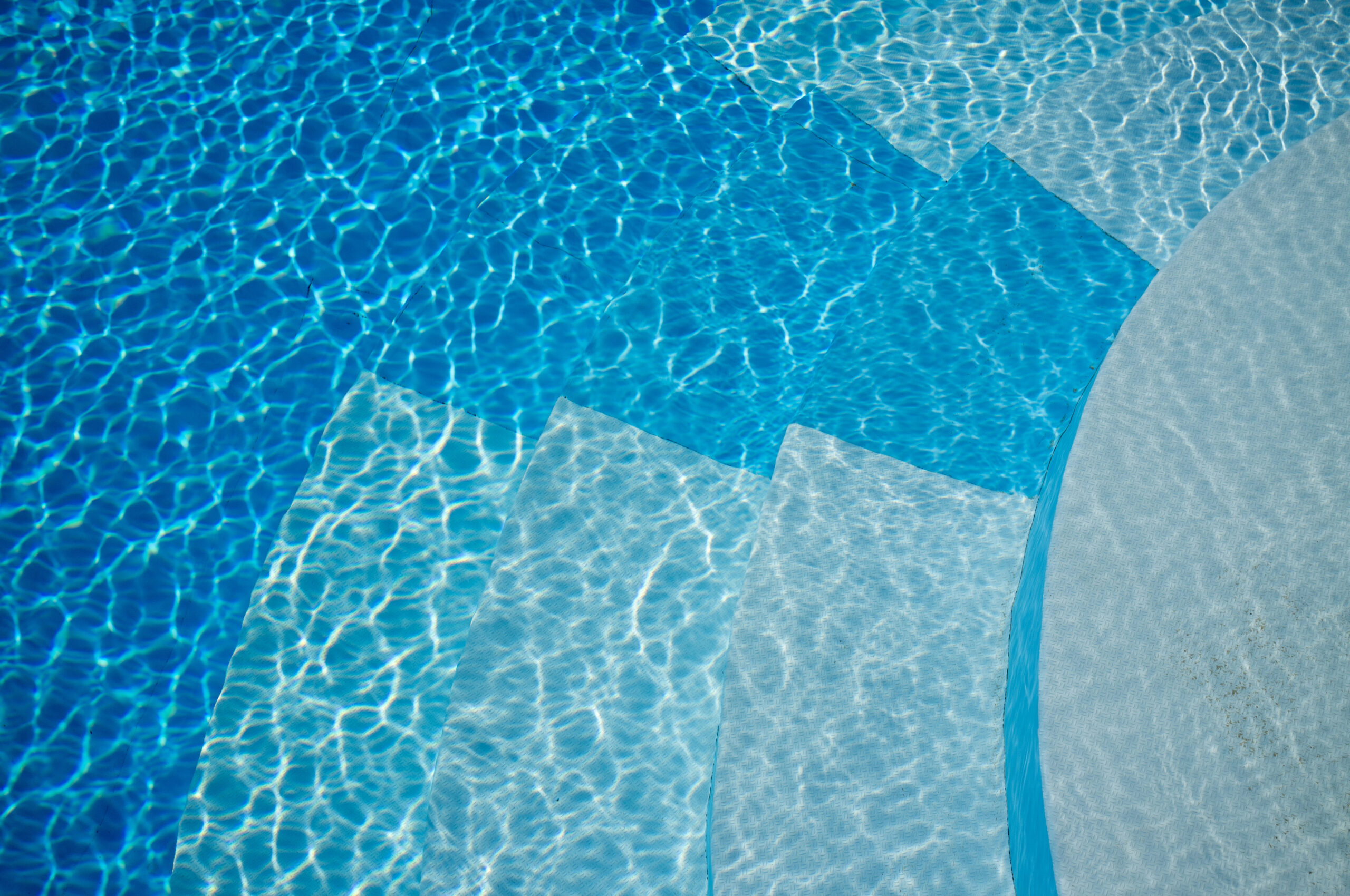
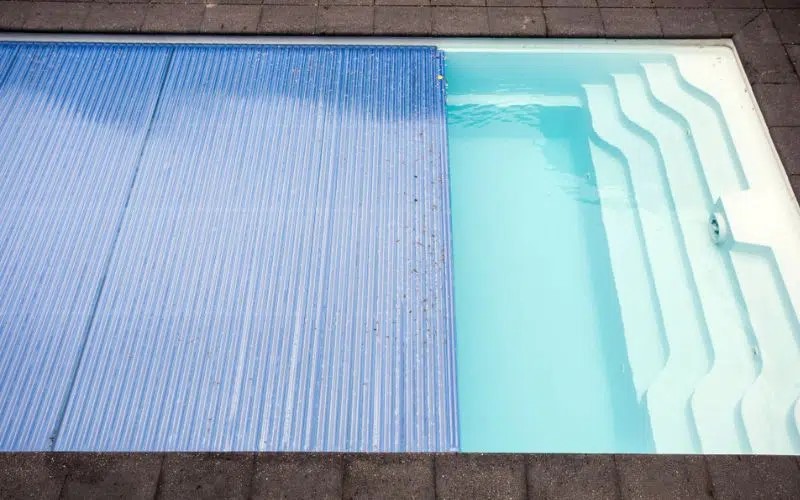
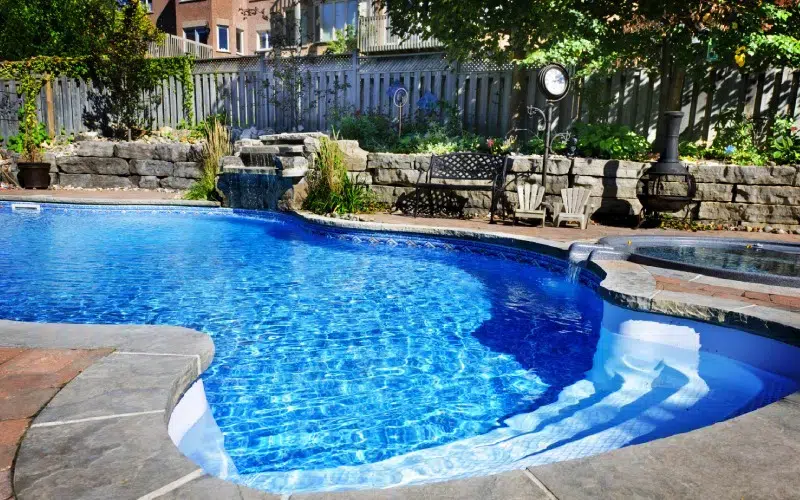
While we strive to provide as much useful information and tips as possible in our blogs, you may still have questions about your pool. That's okay! That's what we're here for. Give our team a call to discuss any questions you may have or the services you're interested in. Not only can we thoroughly answer your questions and concerns, but we can also help you regularly maintain your pool.
Give us a call, email us, or fill out and submit a form below and we'll respond promptly. We proudly service the Greater Toronto Area and can provide you with a free quote.

PEOPLE for POOLS is a professional pool company that can take care of your pool this season. Call us today to inquire about our pool maintenance service. Potential customers can receive a free quote for our services.